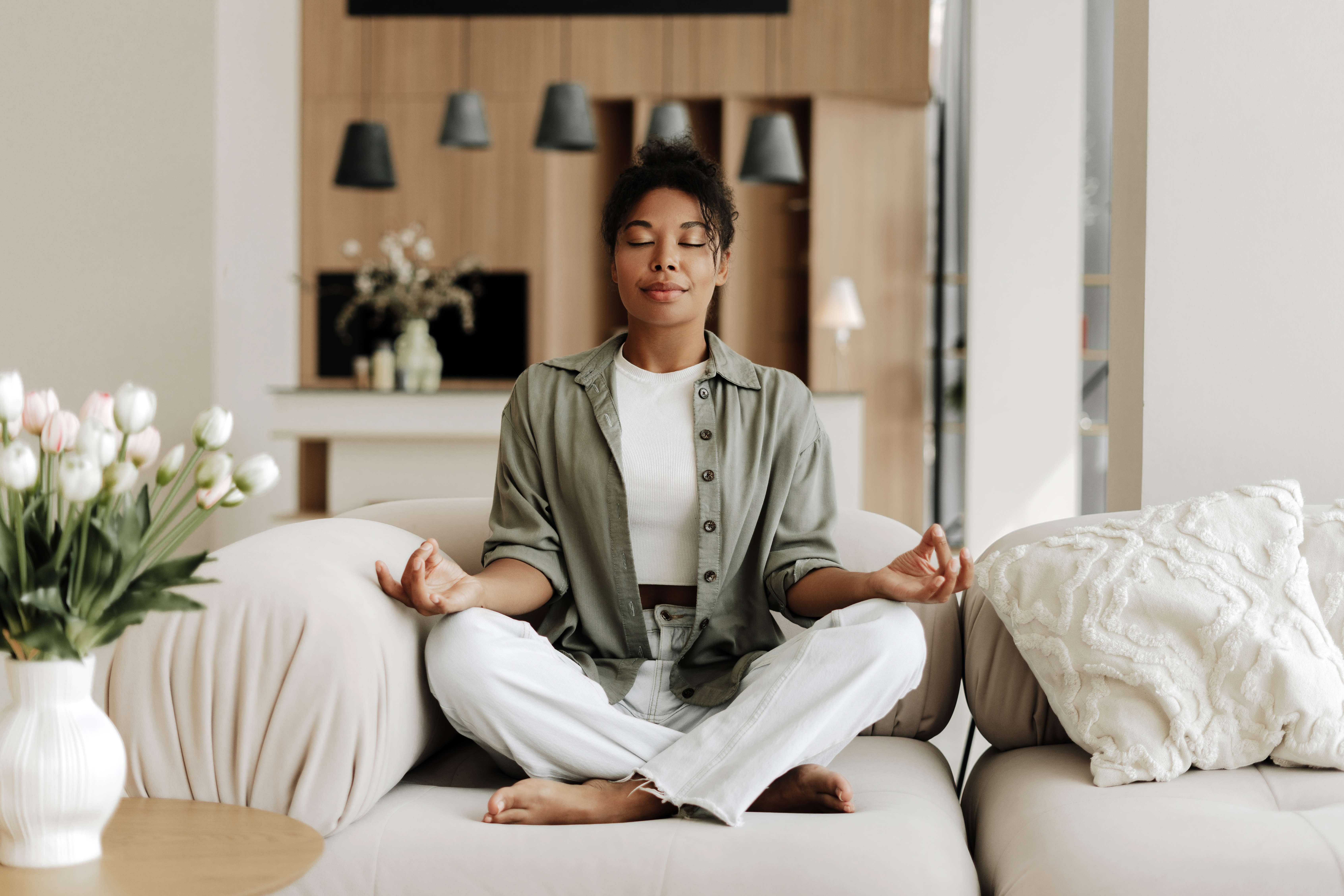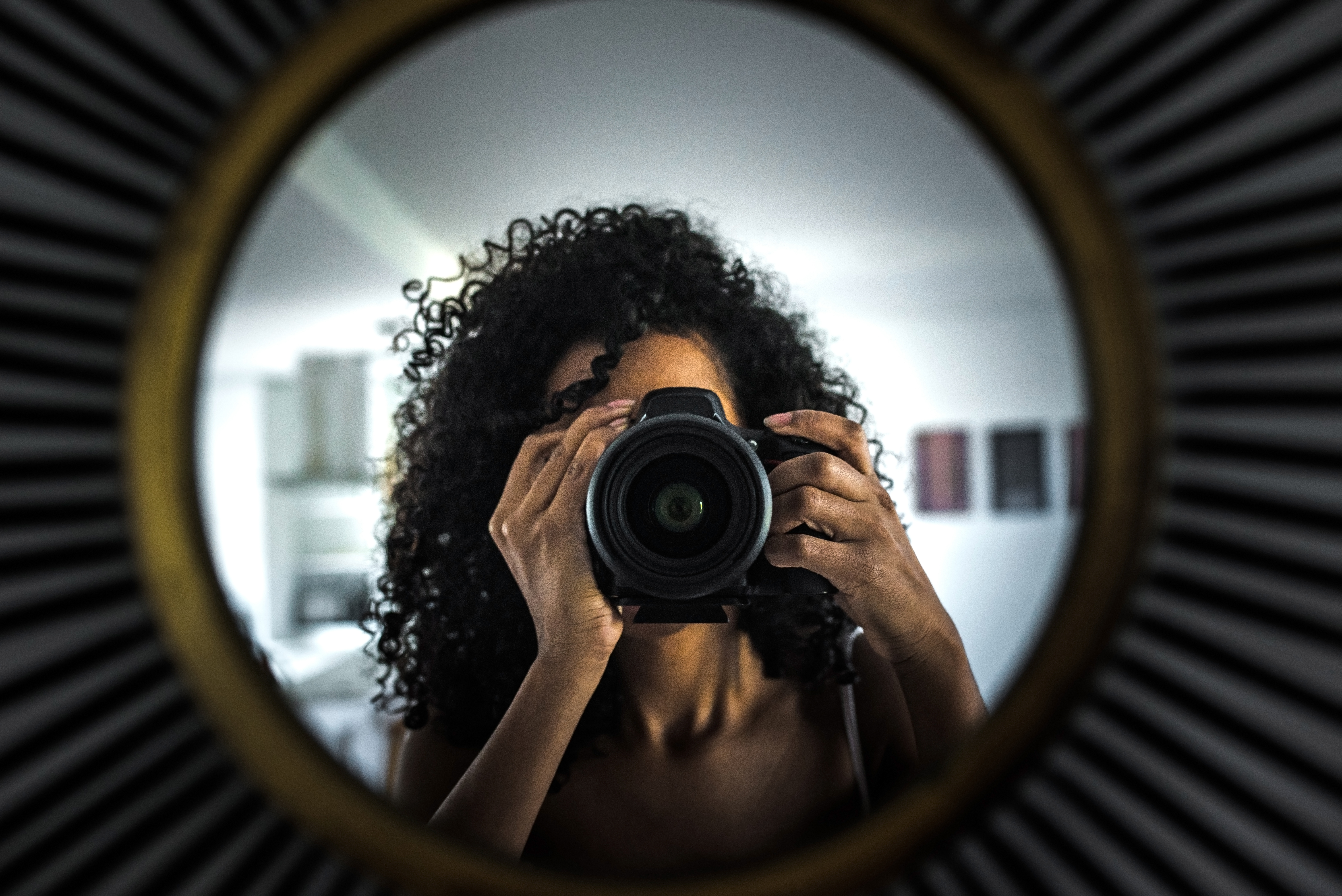12 "Digital Detox"Habits to Radically Improve Your Mental Clarity
In today's hyper-connected world, digital devices have become indispensable tools that facilitate communication, work, and leisure. However, the constant barrage of notifications, emails, and social media updates can overwhelm our mental faculties, leading to stress, anxiety, and diminished cognitive function. As our reliance on technology grows, so too does the necessity for digital detoxification — a conscious effort to disconnect from digital devices to rejuvenate our minds. Embracing clear thinking through digital detox habits can enhance mental clarity, improve focus, and increase productivity. This article explores 12 simple digital detox habits that can help you reclaim your mental space and foster a healthier relationship with technology.
1. Understanding Digital Overload

Digital overload occurs when the sheer volume of digital information becomes too overwhelming to process effectively. Our brains are not wired to handle constant stimuli from multiple sources, resulting in cognitive fatigue. This overload can impair decision-making, reduce attention span, and hinder problem-solving skills. Understanding digital overload is the first step towards mitigating its effects. Recognizing the signs, such as difficulty concentrating or feeling anxious when away from devices, can help individuals identify when they need a break. By acknowledging the impact of digital overload, we can take proactive steps to manage our digital consumption and prioritize mental well-being.
2. Setting Boundaries with Technology

Creating boundaries with technology is essential for maintaining mental clarity. This involves setting specific times for device use and designating tech-free zones in your home. For instance, consider implementing a no-phone policy during meals or in the bedroom to promote better sleep. Establishing these boundaries helps reduce the temptation to mindlessly scroll through social media or check emails incessantly. It also encourages more meaningful interactions with family and friends. By consciously limiting screen time, you can prevent digital distractions from encroaching on your personal and professional life, allowing for more focused and intentional living.
3. The Power of a Morning Routine

Starting your day without immediately reaching for your phone can set a positive tone for the rest of the day. A morning routine that prioritizes self-care and mindfulness can significantly enhance mental clarity. Consider beginning your day with activities such as meditation, journaling, or a brisk walk. These practices help center your thoughts and prepare your mind for the day's challenges. By resisting the urge to dive into emails or social media first thing in the morning, you allow yourself the mental space to plan your day with intention and clarity. This habit can reduce stress and improve overall well-being.
4. Mindful Consumption of Digital Content

Being selective about the digital content you consume is crucial for maintaining mental clarity. With an endless stream of information available online, it's easy to become overwhelmed by irrelevant or negative content. Practicing mindful consumption involves curating your digital feeds to include only content that enriches your life or aligns with your values. This might mean unfollowing accounts that induce stress or anxiety and subscribing to channels that inspire or educate. By consciously choosing the information you engage with, you can create a digital environment that supports mental clarity and personal growth.
5. Scheduled Digital Downtime

Incorporating scheduled digital downtime into your routine can help alleviate the mental clutter caused by constant connectivity. Designate specific times during the day to unplug from all digital devices. This could be as simple as taking a tech-free lunch break or dedicating an hour in the evening to offline activities. Scheduled downtime allows your mind to rest and reset, improving focus and productivity when you return to work. It also provides an opportunity to engage in hobbies or activities that bring joy and fulfillment, further enhancing mental well-being.
6. Embracing Analog Alternatives

Embracing analog alternatives can be a refreshing change from the digital norm. Simple activities like reading a physical book, writing in a journal, or playing a board game can provide a much-needed break from screens. These activities engage different parts of the brain, promoting creativity and relaxation. Additionally, they offer a tactile experience that digital devices cannot replicate. By incorporating analog activities into your routine, you can reduce screen time and cultivate a more balanced lifestyle. This shift can lead to increased mental clarity and a greater appreciation for the present moment.
7. Digital Detox Retreats

For those seeking a more immersive experience, digital detox retreats offer an opportunity to disconnect from technology entirely. These retreats are designed to provide a serene environment where participants can focus on personal growth, mindfulness, and self-reflection without the distractions of digital devices. Activities often include yoga, meditation, nature walks, and workshops on stress management. Attending a digital detox retreat can be a transformative experience, allowing individuals to reset their relationship with technology and return to daily life with renewed mental clarity and purpose.
8. Cultivating Mindfulness Practices

Mindfulness practices, such as meditation and deep breathing exercises, can help counteract the effects of digital overload. These practices encourage you to focus on the present moment, reducing stress and enhancing mental clarity. By incorporating mindfulness into your daily routine, you can develop a greater awareness of your digital habits and make more conscious choices about device usage. Mindfulness also improves emotional regulation, allowing you to respond to digital stimuli with greater calm and composure. Over time, these practices can lead to a more balanced and intentional approach to technology.
9. The Role of Physical Activity

Regular physical activity is a powerful antidote to the mental strain caused by excessive screen time. Exercise boosts endorphin levels, reduces stress, and improves cognitive function. Incorporating physical activity into your routine can help clear your mind and enhance focus. Whether it's a daily walk, a yoga session, or a workout at the gym, movement provides a healthy outlet for releasing tension and recharging your mental batteries. By prioritizing physical activity, you can counterbalance the sedentary nature of digital consumption and promote overall mental and physical well-being.
10. The Importance of Sleep Hygiene

Quality sleep is essential for maintaining mental clarity, yet digital devices often interfere with our natural sleep patterns. The blue light emitted from screens can disrupt the production of melatonin, a hormone that regulates sleep. Establishing good sleep hygiene involves creating a bedtime routine that minimizes screen exposure and promotes relaxation. This might include reading a book, taking a warm bath, or practicing meditation before bed. By prioritizing restful sleep, you can enhance cognitive function, improve mood, and increase your ability to think clearly and make informed decisions.
11. Building a Supportive Environment

Creating a supportive environment is crucial for sustaining digital detox habits. This involves enlisting the help of family, friends, or colleagues who understand and respect your boundaries with technology. Sharing your goals with others can provide accountability and encouragement. Additionally, consider joining communities or groups focused on digital wellness. These networks can offer valuable resources, tips, and support as you navigate your digital detox journey. By fostering a supportive environment, you can reinforce your commitment to mental clarity and maintain a healthier relationship with technology.
12. Continuous Reflection and Adjustment

Digital detox is not a one-time event but an ongoing process that requires continuous reflection and adjustment. Regularly assess your digital habits and their impact on your mental well-being. Are there areas where you can improve? Are there new strategies you can implement to enhance mental clarity? By staying attuned to your needs and being willing to adapt, you can ensure that your digital detox habits remain effective and relevant. This proactive approach allows you to cultivate a sustainable balance between digital engagement and mental clarity.
Embracing a Balanced Digital Life

Embracing clear thinking through digital detox habits is a journey towards a more balanced and intentional life. By understanding the impact of digital overload and implementing strategies to manage it, you can reclaim your mental space and enhance your cognitive function. From setting boundaries and embracing analog alternatives to cultivating mindfulness and prioritizing sleep, each habit contributes to a healthier relationship with technology. As you embark on this journey, remember that digital detox is a personal and evolving process. With commitment and reflection, you can achieve greater mental clarity and live a more fulfilling life in the digital age.